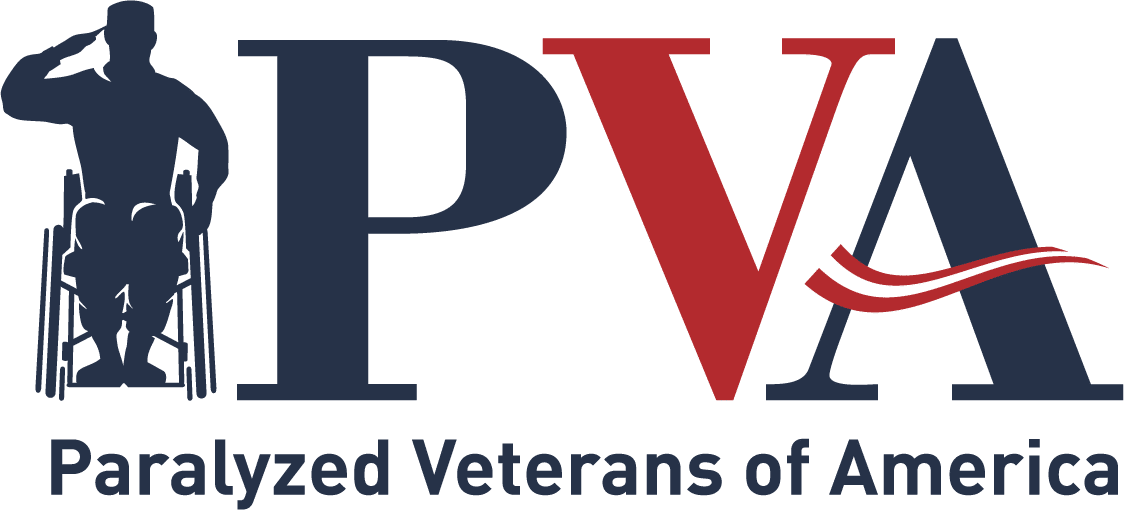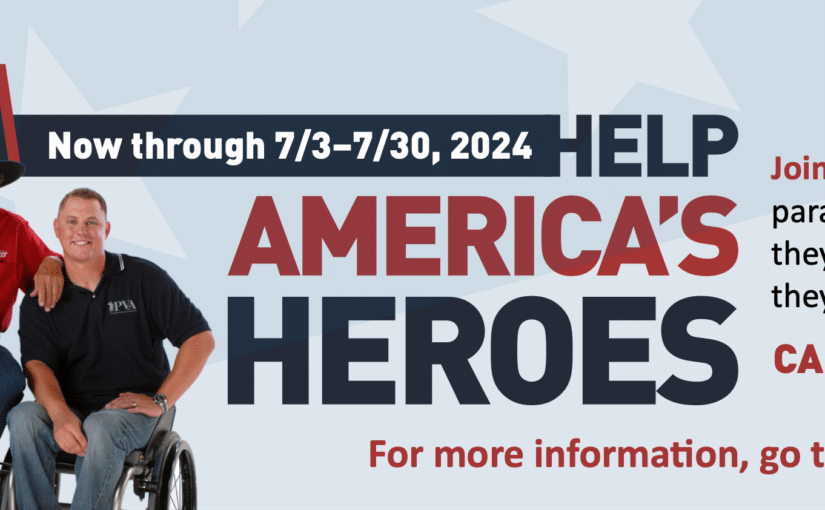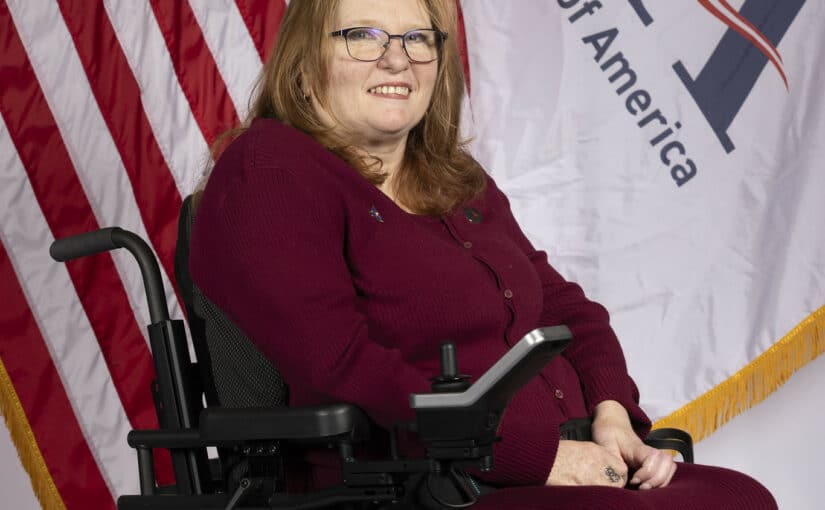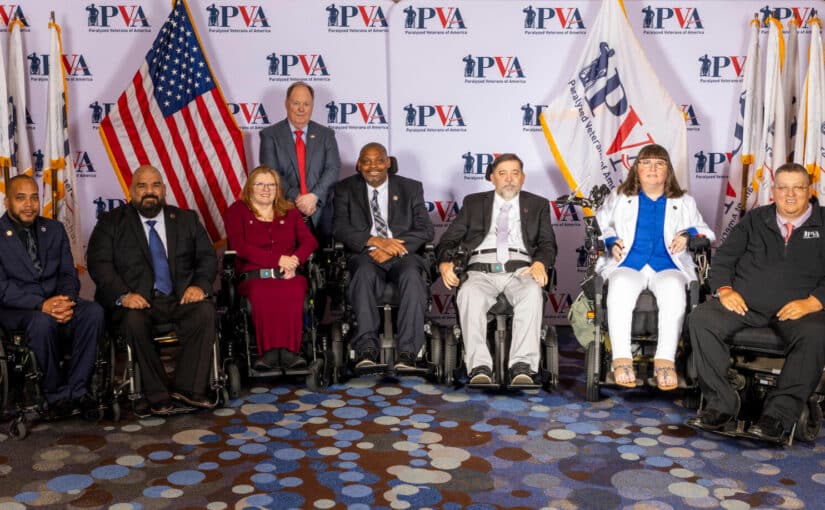TRAVEL TIPS FOR PEOPLE WITH DISABILITIES
Post Date: January 1, 2018TIPS FOR AIR TRAVELERS WITH DISABILITIES
New government research shows one out of seven Americans has a mobility disability. The single most important thing that air travelers with disabilities can do is plan ahead to avoid injuries, damaged wheelchairs and other common problems.
Air travel issues are the number one complaint we hear from our members. Here are some tips that can help you ease the burden of travel:
AIR TRAVEL PLANNING
- Make airline reservations as early as possible and be specific when discussing special needs.
- Call the airline a week in advance of your flight to confirm special arrangements.
- Call the Transportation Security Administration (TSA) helpline one week in advance (855-787-2227) for assistance with security.
- Check pva.org/travel frequently for information on changing laws and resources.
THE DAY BEFORE
- Attach written instructions for folding and stowing to wheelchairs and scooters.
- Bring any removable parts such as seat cushions, side guards and removable wheels on the plane with you as leaving them on the chair significantly increases the chances of parts being lost or damaged.
- Make sure to pack all medicines and important medical equipment in your carry-on bags as checked bags can get lost.
AT THE AIRPORT
- Arrive at the airport two to three hours ahead of your flight.
- When checking in, make sure you request pre-boarding paperwork and attach gate check tags to your wheelchair. This ensures that your wheelchair is returned to you plane side rather than at baggage claim.
- At check in, request a seat as close to the door as possible to shorten the distance requiring an aisle chair and limit the possibility of mishaps or injury.
- You may also request plane side check of larger medical equipment to limit chances of the items being lost or damaged.
- Be sure to store baggage receipts in a safe and accessible place to provide proof of loss and track your items if necessary.
SECURITY
- If you cannot stand or walk, be prepared for a full pat-down in your chair at the TSA checkpoint.
- Prior to the pat-down, tell the TSA agent about sensitive areas and any medical equipment you have on your body. During heavy travel periods, allow up to two hours to go through the screening process.
- The TSA website contains helpful information if you are concerned about this process.
BEFORE BOARDING
- If the aircraft has more than two aisles and you are a manual wheelchair user, request storage of your chair in the on-board wheelchair closet to avoid damage.
- Take advantage of pre-boarding to give yourself plenty of time to get into your seat safely on the airplane.
AFTER EXITING THE PLANE
- When your equipment or chair is returned to you, inspect it thoroughly prior to leaving the airport. If damage is present, report it immediately to the airlines to start your claim and the maintenance process.
Finally, if you have any problems or concerns during your travels, please contact Paralyzed Veterans of America, even if you aren’t a veteran, so we can help make the process better for all travelers with disabilities.




